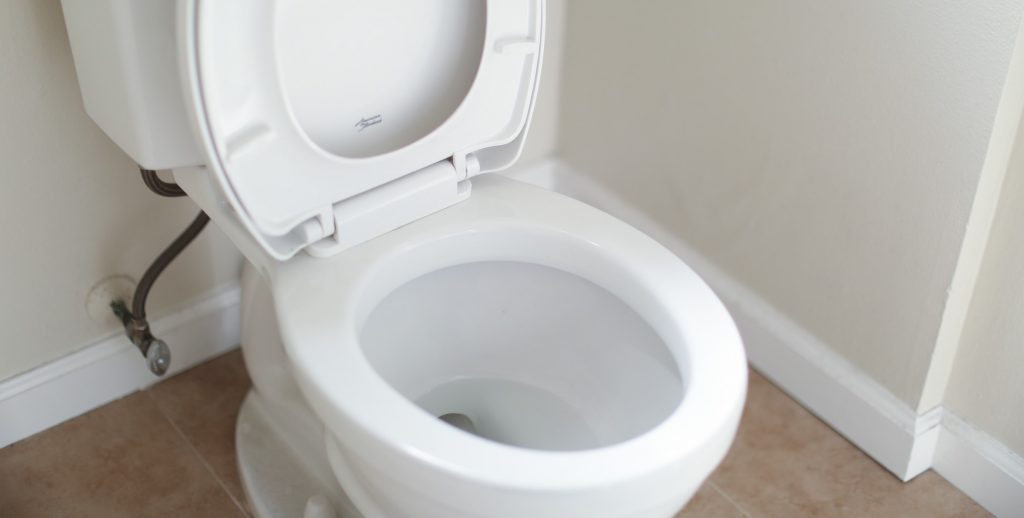It can be stressful knowing you have an STI. What can be even worse is waiting: waiting for an appointment, waiting for test results, and waiting for your symptoms to go away.
It’s understandable to crave certainty during difficult times. Most people want hard and fast numbers about how their illness will progress. And Better2Know will do everything we can to put your mind at ease.
Let’s get started!
What are STIs?
Understanding STIs and how they work is essential for understanding how symptoms appear and go away.
Sexually transmitted infections (STIs) are infections that most people get from sex. They tend to be transmitted through unprotected vaginal, anal, and oral sex or through sharing sex toys.
However, other infections can be passed on through non-sexual activity, such as foreplay, kissing, sharing needles and blood transfusions.
Some STIs, like Chlamydia and Trichomonas, are site-specific, meaning they only affect one part of your body. Other infections, like Syphilis and HIV, are global infections that affect your entire body.
For the vast majority of people, STIs are either completely curable or can be managed with the right medication and care.
How long does it take for my STI symptoms to go away after treatment?
If you have an STI and you’re getting treated for it, you might be wondering how long it will take for your symptoms to go away.
How long you experience symptoms after treatment will depend on many factors, including the infection, the medicine administered, your overall health, and any other medical conditions you may have.
If they are diagnosed early, the symptoms caused by most bacterial STIs, like Chlamydia, Gonorrhoea, and Mycoplasma, can be cleared relatively quickly. Antibiotics are used to treat these infections, usually in the form of tablets or injections. Gonorrhoea, for example, usually clears within a week of treatment. However, if the infections are left untreated, having symptoms for a long time means there is damage occurring and the symptoms can take much longer to recover. This is very common with chlamydia inside the penis, where the stinging sensation can last for weeks if the patients had not got tested immediately.
If a here can be some complications. Bacterial infections like Gonorrhoea and Chlamydia is left for months or years, it can cause long-term symptoms that can’t be easily cured.
Pelvic Inflammatory Disease (PID), a common complication of Gonorrhoea and Chlamydia infections that go undetected, can cause scarring of the fallopian tubes, affecting fertility and increasing the likelihood of developing ectopic pregnancies. While PID can be cured if caught early, the longer a person has the underlying infection, the more damage will be done. Antibiotics can’t fix the damage the infection does to your organs.
Other STIs, like HIV, Hepatitis B, and Herpes, don’t have cures. Some infections, like HPV or acute forms of Hepatitis B and Hepatitis C, can be cleared by your immune system. However, most of the symptoms caused by these infections can be managed with medication.
If you’re getting treated for an STI, your doctor should be able to give a precise timeline about when your symptoms should resolve and if they will be resolved.
Am I still contagious after my symptoms go away?
Treatment may clear or lessen your symptoms, but that doesn’t mean you can’t still pass on the infection.
Even after you take your pills or get your shot, you can still be contagious. The duration of this contagiousness will vary depending on the person and the infection.
If you’ve tested positive for an STI and have received treatment, in some cases, such as Gonorrhoea it’s a good idea to get tested again sometime after treatment to confirm that the infection has been cleared. Other infections, like chlamydia don’t need to be retested, as long as symptoms have disappeared.
The US Center for Disease Control recommends that most people get retested for infections like Gonorrhoea and Trichomonas three months after treatment to confirm that the infection has been cured.
(NOTE: Test of cure to detect treatment failure (ie repeat testing after completing treatment) is not recommended for nonpregnant people unless there’s a reason to believe that the treatment hasn’t worked, symptoms persist, or reinfection is suspected. Moreover, testing for Chlamydia less than four weeks after the completion of treatment isn’t recommended because of the continued presence of nonviable organisms, which can lead to false-positive results.)
So, for each infection, the need to get retested and when that should happen varies so much, it is best to get medical advice.
People with HIV, Hepatitis B and Hepatitis C often get regular viral load tests to monitor their condition and assess the risk of transmission. These tests are crucial for guiding treatment and understanding the infection’s progression.
Can STI symptoms go away without being treated?
While some STIs will produce consistent symptoms, that isn’t the case for all.
Genital infections of Gonorrhoea and Chlamydia are known to suddenly go “silent” with symptoms disappearing. This can be your immunity controlling symptoms but with a persistent infection. Occasionally the infection can indeed disappear, but the best advice would be to get tested anyway and not try to bury your head in the sand.
During a Herpes outbreak, an infected person will experience pain, tingling, and itching at the site of infection (usually the mouth or the genital area). This is followed by the formation of fluid-filled blisters that burst, creating sores.
Eventually, the symptoms of this outbreak will go away. However, the symptoms will return at the next outbreak, though they will often be less intense.
Many viral STIs can also cause symptoms that appear and go away independently, but that doesn’t mean the infection isn’t still in the body.
For example, when a person catches Syphilis, a chancre will appear at the site of infection, usually in the genital area. This chancre will remain there for several days before disappearing on its own. The disappearance of the chancre is most often followed by feeling completely well for several weeks, making the patient feel the infection has disappeared, but it will eventually be replaced by other symptoms as the infection spreads, such as flu-like symptoms , fever, muscle and body aches, fatigue, a rash and swollen lymph nodes. These symptoms will also subside on their own, even if the infection is left untreated.
A good rule of thumb to keep in mind with STIs: just because you don’t have symptoms doesn’t mean you’re not infected. The only way to know for sure is to seek out comprehensive testing.
Final thoughts
It can be tough to know when to get tested for STIs and what can happen during and after treatment. If you’ve tested positive for an STI and you’re undergoing treatment, be sure to follow the instructions given by your doctor. Take your medication at the prescribed times, and don’t engage in any sexual activity until it’s safe to do so.
If you’re still concerned about your sexual health, click the button below to book an STI test at a sexual health clinic near you today.

This article has been medically reviewed by Dr. Steve Chapman, 29/04/2025.





